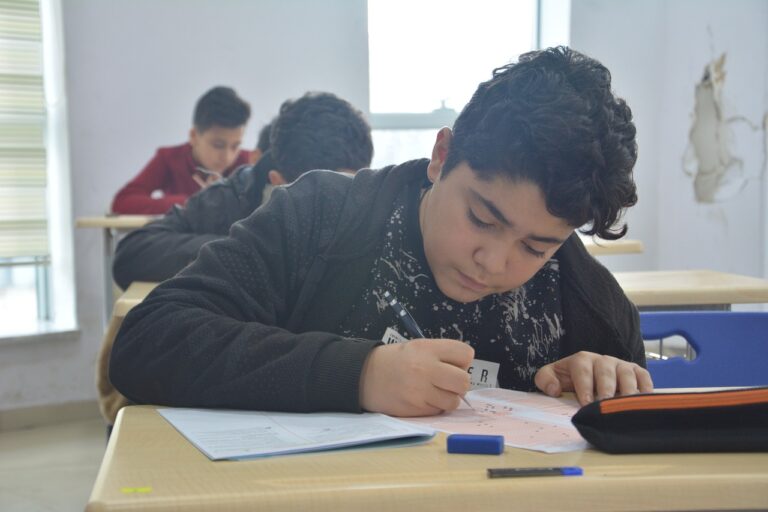Role of Artificial Intelligence in Education
Artificial Intelligence (AI) has revolutionized the way education is delivered and accessed. By incorporating AI technology into learning platforms, personalized learning experiences tailored to individual students’ needs are now possible. These adaptive systems can analyze students’ strengths and weaknesses, providing targeted resources and feedback to enhance their understanding and performance.
Furthermore, AI chatbots are being used to provide instant support to students, answering queries and offering guidance outside of traditional classroom hours. This interactive assistance not only improves student engagement but also fosters a more independent and self-directed learning approach. Through the integration of AI tools, education is becoming more dynamic, efficient, and inclusive, breaking down barriers to learning for students of all backgrounds and abilities.
Increasing Accessibility to Education through AI
Artificial Intelligence (AI) is revolutionizing the way students access education by removing barriers and increasing opportunities for learning. Through personalized learning experiences, AI technology can cater to individual student needs, allowing for a more inclusive education system. By analyzing data and tracking student progress, AI can provide customized feedback and recommendations, helping learners to achieve their full potential.
Furthermore, AI tools are enhancing the accessibility of education by offering new ways to engage with educational content. Virtual tutors and chatbots powered by AI can provide instant support and guidance to students, regardless of their location or background. This real-time assistance ensures that learners have the support they need to succeed, ultimately making education more accessible and equitable for all.
How is artificial intelligence being used in education?
Artificial intelligence is being used in education to personalize learning experiences, improve student engagement, provide real-time feedback, and assist teachers in grading and administrative tasks.
How does AI increase accessibility to education?
AI increases accessibility to education by providing personalized learning experiences, offering flexibility in scheduling and delivery of content, and making education more cost-effective and widely available.
Can AI replace teachers in the classroom?
AI cannot replace teachers in the classroom, but it can support teachers by automating administrative tasks, providing personalized learning experiences for students, and offering additional resources and tools for instruction.
What are some examples of AI tools used in education?
Some examples of AI tools used in education include virtual tutors, adaptive learning platforms, plagiarism detection software, and grading automation systems.
How can AI benefit students with disabilities?
AI can benefit students with disabilities by providing personalized learning experiences, offering assistive technologies such as speech recognition and text-to-speech tools, and making educational materials more accessible through digital formats.





